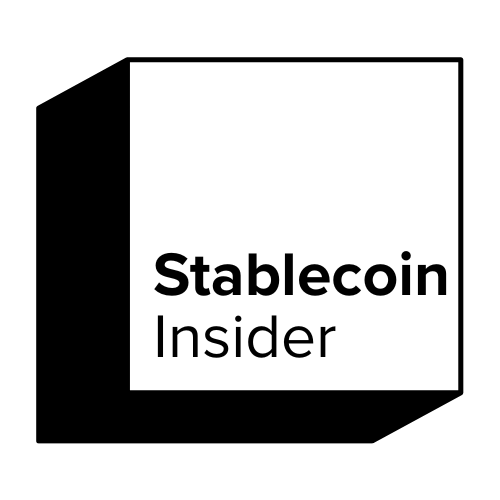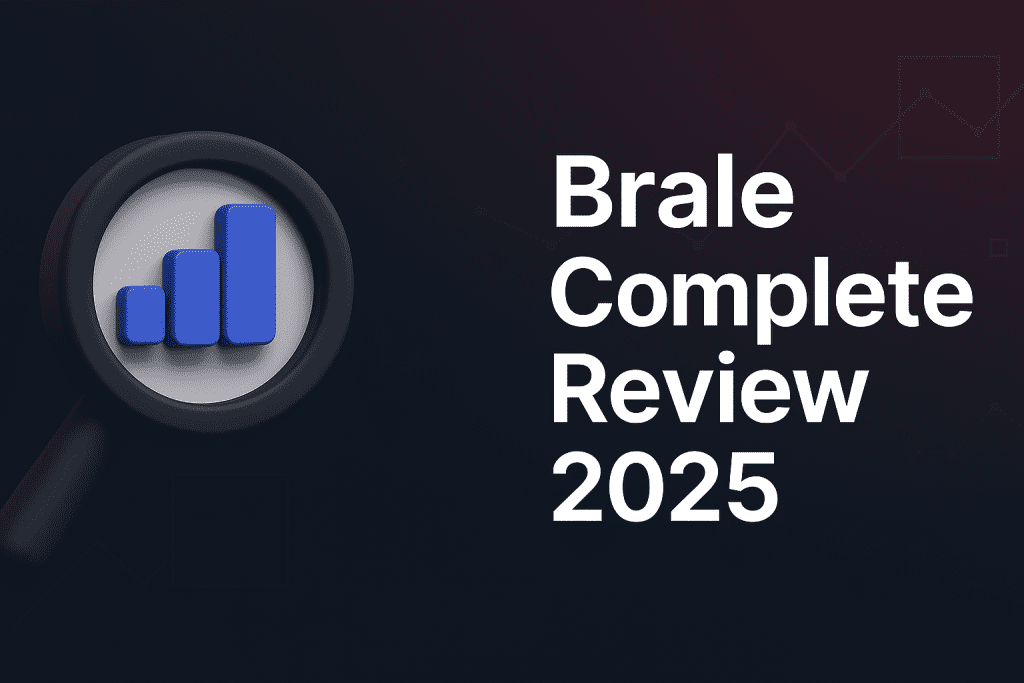Brale has emerged as a transformative player in the world of digital finance. As 2025 continues the trend toward tokenization and compliant blockchain-based finance, Brale stands out for its secure and versatile infrastructure. This review explores its strengths, weaknesses, and unique offerings for businesses aiming to tokenize assets or issue stablecoins.
Key Takeaways
- Brale enables compliant tokenization of real-world assets.
- It supports stablecoin issuance and transfer via multiple blockchains.
- Brale emphasizes regulatory compliance with built-in KYC/AML.
- White-label solutions allow businesses to issue branded stablecoins.
- In 2025, Brale is recognized for its user-centric design, developer support, and interoperability.
What is Brale?
Brale is a financial technology company that provides infrastructure for issuing and managing tokenized assets and stablecoins. It’s tailored to meet the needs of Web3 startups, fintech companies, and enterprises looking to bridge the gap between traditional finance and blockchain. By 2025, it’s positioned as a key enabler in the move toward asset digitization.
Company Background
Brale was founded with the mission to unlock the full potential of blockchain in regulated environments. The company focuses on compliant financial products, including fiat-backed stablecoins and tokenized treasuries. It operates with a strong emphasis on ease of integration and regulatory clarity.
Key Features of Brale
Brale’s offerings are built around simplifying complex financial operations through tokenization and compliance. It provides APIs, white-label tools, and an intuitive dashboard that serve a wide range of users. These features make it appealing to enterprises, DAOs, and developers alike.
Notable Features:
- Tokenization of fiat currencies, treasuries, and real-world assets using blockchain infrastructure
- Multi-chain compatibility (Ethereum, Base, Solana, etc.)
- Embedded compliance tools: KYC/AML and identity management
- Developer-first API and easy onboarding for digital asset issuance
How Brale Works
Brale’s system is structured to help businesses move quickly from idea to live digital asset. It simplifies onboarding and token issuance with secure and automated flows. From compliance to settlement, the process is streamlined and efficient for tokenized finance operations.
Process Overview:
- Sign up and verify identity via Brale’s secure platform
- Choose asset type (stablecoin or tokenized asset)
- Configure rules, compliance measures, and branding
- Launch and manage tokens across supported chains
Supported Assets and Chains in 2025
In 2025, Brale supports a diverse range of asset classes and blockchain networks. This flexibility gives businesses the tools they need to reach different markets and jurisdictions. From fiat currencies to tokenized debt, the platform has expanded its coverage to serve the embedded finance ecosystem.
Supported Assets:
- Fiat: USD, EUR, GBP
- Real-world assets: Treasuries, real estate, commercial paper
- Chains: Ethereum, Base, Solana, Stellar, and others supporting digital assets
User Experience and Interface
A key highlight of Brale is its clean and intuitive interface. The dashboard offers easy access to token management, compliance settings, and transaction history. Developers also benefit from comprehensive API documentation, making it ideal for programmable finance setups.
User Tools:
- Real-time dashboard with asset tracking
- Easy integration with Web3 wallets and bank systems
- RESTful APIs for automation and custom development
Compliance and Security Measures
Compliance is core to Brale’s value proposition. It has built-in tools for KYC and AML that align with global financial standards. Security protocols and frequent audits add a strong layer of protection for users, essential for stablecoin compliance.
Key Measures:
- Identity verification via industry partners
- Smart contract audits and bug bounties
- Privacy controls and GDPR-compliant data handling
Pros of Using Brale
Brale has grown into one of the most comprehensive platforms for tokenized finance. Its plug-and-play tools allow businesses to operate in a compliant manner without sacrificing speed. It’s especially valuable for companies seeking multi-chain support and white-label branding in decentralized finance (DeFi).
Advantages:
- Easy setup and minimal code required for token issuance
- Regulatory readiness for financial institutions
- Flexible architecture and cross-chain support for programmable stablecoins
Cons and Limitations
Despite its strengths, Brale isn’t without challenges. As it grows globally, some regions still lack comprehensive support. Additionally, businesses with unique compliance needs may require external legal consultation on token regulations.
Drawbacks:
- Limited international compliance scope
- Reliance on third-party identity verification
- No support for algorithmic stablecoins
Use Cases and Real-World Applications
Brale’s infrastructure is adaptable to many financial sectors. Whether it’s a fintech issuing a branded stablecoin or a DAO tokenizing treasury bills, Brale provides a foundation that’s easy to build on. It’s also becoming popular for cross-border finance and Web3 banking.
Real-World Use Cases:
- Stablecoin issuance by neobanks and fintechs
- Treasury management for Web3 DAOs using tokenized assets
- Tokenized real estate platforms and asset-backed tokens
- Payroll solutions for remote teams using programmable money
Brale vs Competitors in 2025
The competitive landscape in 2025 includes companies like Circle, Paxos, and Stably. Brale differentiates itself with deeper customization, fast onboarding, and greater blockchain flexibility. For businesses needing white-label control and a digital asset platform, Brale stands out.
Feature Comparison:
- Circle: Enterprise-grade but limited white-label options
- Paxos: Strong compliance but slower onboarding
- Brale: Combines regulatory focus with rapid deployment in embedded finance
Pricing and Business Model
Brale offers transparent pricing tiers that accommodate startups to enterprises. While core features are accessible via subscription, enterprise clients can negotiate tailored service packages. Pricing is competitive when compared to industry standards for tokenized platforms.
Pricing Overview:
- Subscription-based model with feature access tiers
- Custom quotes for enterprise clients
- Optional support and integration services
Roadmap and Future Plans
Brale has ambitious goals for expanding its product suite and regulatory footprint. Its roadmap includes support for new asset types and integrations with traditional finance infrastructure. Strategic partnerships are also expected to grow in the tokenization market.
Upcoming Plans:
- Expansion into Asia and Latin America
- New real-world asset classes (commodities, carbon credits)
- Collaborations with DeFi platforms and TradFi institutions
Conclusion
Brale is shaping the future of regulated tokenization and embedded finance. With strong compliance tools, multi-chain support, and enterprise-ready infrastructure, it’s well-positioned to meet the demands of 2025 and beyond. While some limitations exist, its overall value proposition makes it a top contender for any business exploring digital assets.
Read Next:
FAQ
1. Is Brale regulated in the U.S. or internationally?
Yes, Brale partners with regulated entities and follows KYC/AML standards aligned with U.S. and international guidelines.
2. Can individuals use Brale, or is it only for businesses?
Brale is primarily designed for businesses but may support individual use in limited scenarios via partner platforms.
3. What types of stablecoins can I issue with Brale?
You can issue fiat-backed stablecoins (USD, EUR, GBP) and potentially tokenize treasury-backed instruments.
4. How does Brale ensure compliance with AML laws?
Brale integrates automated identity checks, transaction monitoring, and regular audits.
5. Which blockchains are best supported by Brale?
Ethereum, Solana, Base, and Stellar are among the top supported chains.
6. Does Brale provide customer support and developer assistance?
Yes, Brale offers dedicated support and full documentation for developers.
7. Can Brale help with tokenizing physical assets like gold or real estate?
Yes, the platform supports tokenization of real-world assets, including real estate and potentially commodities.
8. What makes Brale different from Circle or Paxos?
Brale offers faster onboarding, white-label flexibility, and broader chain compatibility.
9. How fast can I go live with a stablecoin on Brale?
With full KYC and setup, businesses can launch within days depending on jurisdiction.
10. Is Brale suitable for Web3 startups?
Absolutely. Brale is tailored for Web3-native businesses looking for scalable and compliant infrastructure.

